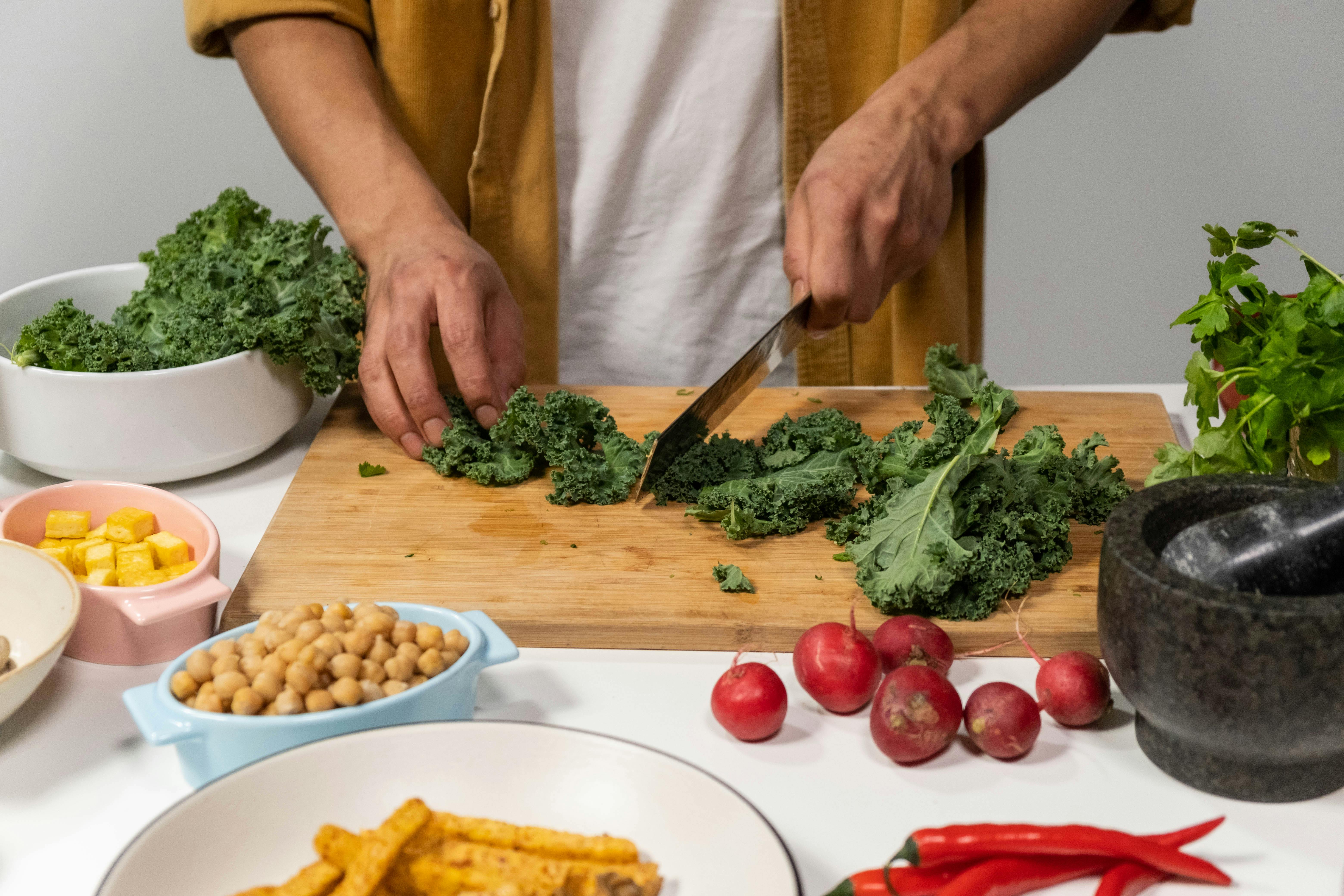Sri Lanka is known as the island of spices, a major port of call for sailing merchant ships that have traded in spices since ancient times. Western rulers of this island nation are also believed to have been drawn to its rich abundance of spices, a major trade commodity. This article will give you more information about Sri Lankan spices and their different uses in cooking for different tastes.
More than 40 spices are used in daily Sri Lankan cooking. These provide a wide variety of flavors from fragrant to fiery and everyday Sri Lankan eats. Contrary to popular belief, not all Sri Lankan food is proud. There are many dishes that are mild to ignite fiery preparations.
Aromatic spices from Sri Lanka
Let’s first take a look at the aromatic spices of Sri Lanka. While they are commonly used to flavor savory preparations locally. It is not uncommon to use them in the preparation of sweets and desserts both locally and internationally.
- Cinnamon – Sri Lanka is the source of the best cinnamon in the world. Widely cultivated in the southern province, cinnamon is used locally to flavor curries and sweets. It is used as a meat flavoring in Western cooking. It is most popular for flavoring cakes, cookies, and desserts in international cuisine, often used in the form of cinnamon, sugar, or powder.
- Cloves– The black clove buds of clove trees, grown in the southern and central foothills, are harvested and dried to make this popular spice. This fragrant spice also has a strong flavor and is popular when grilling meats in international cuisine. Locally it is mainly used in the preparation of meat curry.
- Cardamom– Green cardamom and brown cardamom are commonly produced for both local consumption and export. Popularly used in vegetable, meat and sweet dishes locally. It is also widely used in Indian and Indian fusion cooking to add flavor to masala pastes, sweets, and desserts.
- nutmeg– the red seed coat and the seed core are used in Sri Lankan cooking in powdered form. This is widely grown in the central hills and most of the produce is exported out of the country.
- Coriander, cumin and caraway seeds – A ground mixture of the above is used in the preparation of daily meat and vegetable curry. It is now available in powdered form, but it is also made at home as a paste by grinding the ingredients on a grinding stone.
- dill seeds – Used to flavor vegetable and fish curries, dill seeds are introduced in the form of seeds or powder.
- Curry leaves and Pandanus leaves – These are essential when making curries and other savory dishes. Almost every house in suburban and rural areas has their own plants from which they harvest the leaves and twigs. In urban areas, these are sold in markets in the form of small packets. Pandanus leaves are sometimes used to flavor sweet desserts.
- lemon grass– Although not used as much in Sri Lankan cuisine as some other Southeast Asian countries do, this spice is used to flavor meat dishes. They are grown in home gardens, or you can buy these stalks at roadside markets.
- Garlic – Garlic is widely used in Sri Lankan savory preparations in the form of paste or mince. It is used to season meat and vegetable dishes and also sometimes in sambols.
- ginger– This is often used together with garlic in the form of a paste to flavor vegetables, meats and savory rice dishes. Ground ginger is used in Western-inspired desserts and candies.
fiery hot spices
Chilies and pepper provide the heat in Sri Lankan cooking. Most red curries use dried chillies as a heat source, while white curries use pepper. Green chillies are also used in most curries in minced form. Tiny bird’s beak chillies are not commonly used in curries, but are often used in sambols, alone with onion, salt and lime or mixed with coconut.
Spices that give an acid taste
Sri Lankan savory dishes use a lot of spices to provide a tangy flavor. Lime is commonly used for vegetables and greens. Tamarind is used for some vegetable dishes and meat dishes. Garcinia dried fruit is widely used for fish preparations. Tomatoes are also used in vegetable and meat preparations to provide a tart flavor. Additionally, many local fruits, such as mango and hog apple, are used in the dishes to provide a tart flavor.
spices for color
In Sri Lankan cuisine, spices are also used to color food. Turmeric is the most common spice used to give curries and yellow rice a bright yellow hue. Dried red chillies impart a bright red color to curried meats and fish preparations. A brown hue results from the mixture of coriander and cumin.
spices to sweeten
Sugar and palm sugar are used to sweeten all kinds of preparations. Caraway seeds also provide a sweet flavor to some savory dishes, especially from the Northern Province.
This shows the wide variety of spices used to flavor different types of Sri Lankan food, from rice and curries to sweet desserts. There are some dishes that use up to 25 different varieties of spices in their preparation, which adds variety to even the simplest food and can be addictive for those used to bland food. So next time you’re in Sri Lanka don’t forget to partake of this island paradise’s spicy cuisine so you can get a first-hand taste of the variety.
